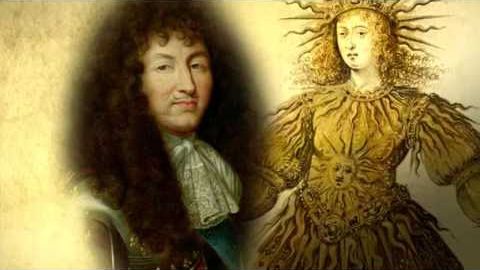
Subtitles & vocabulary
BBC Howard Goodalls Story of Music. Part 2 of 6: The Age of Invention
00
Ntiana posted on 2016/10/01Save
Video vocabulary
time
US /taɪm/
・
UK /taɪm/
- Uncountable Noun
- Speed at which music is played; tempo
- Point as shown on a clock, e.g. 3 p.m
- Transitive Verb
- To check speed at which music is performed
- To choose a specific moment to do something
A1TOEIC
More work
US /wɚk/
・
UK /wɜ:k/
- Noun (Countable/Uncountable)
- The product of some artistic or literary endeavor
- Everything created by an author, artist, musician
- Verb (Transitive/Intransitive)
- To bring into a specific state of success
- To be functioning properly, e.g. a car
A1TOEIC
More flat
US /flæt/
・
UK /flæt/
- Noun (Countable/Uncountable)
- Apartment; set of rooms for living in
- The smooth or level part of something
- Verb (Transitive/Intransitive)
- To share an apartment with someone
- To fail to produce the intended effect; to be unsuccessful or uninteresting.
A2
More string
US /strɪŋ/
・
UK /strɪŋ/
- Transitive Verb
- To tie or connect things together with a thread
- Noun (Countable/Uncountable)
- A line of connected objects
- Thick thread; thin rope
A2
More Use Energy
Unlock All Vocabulary
Unlock pronunciation, explanations, and filters
